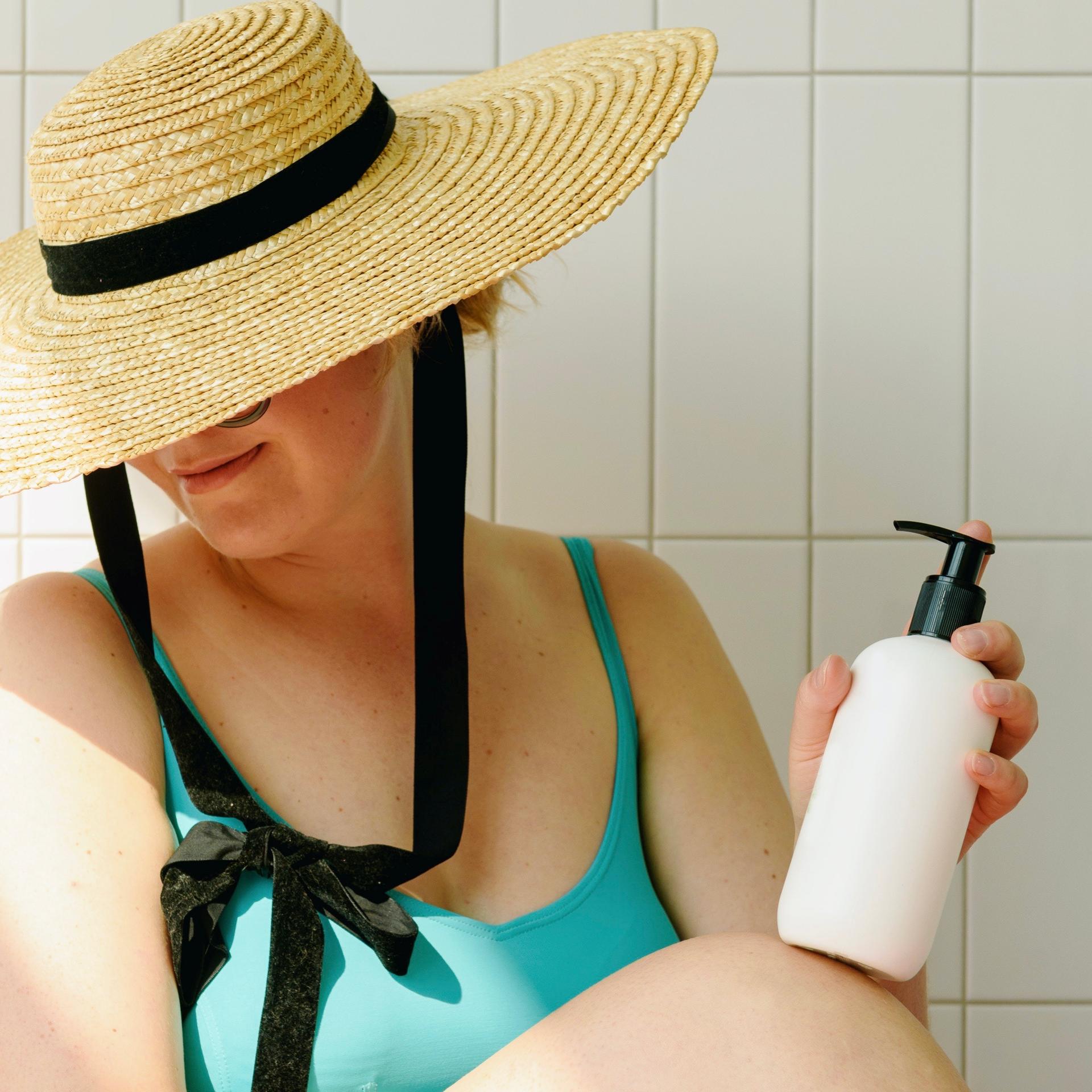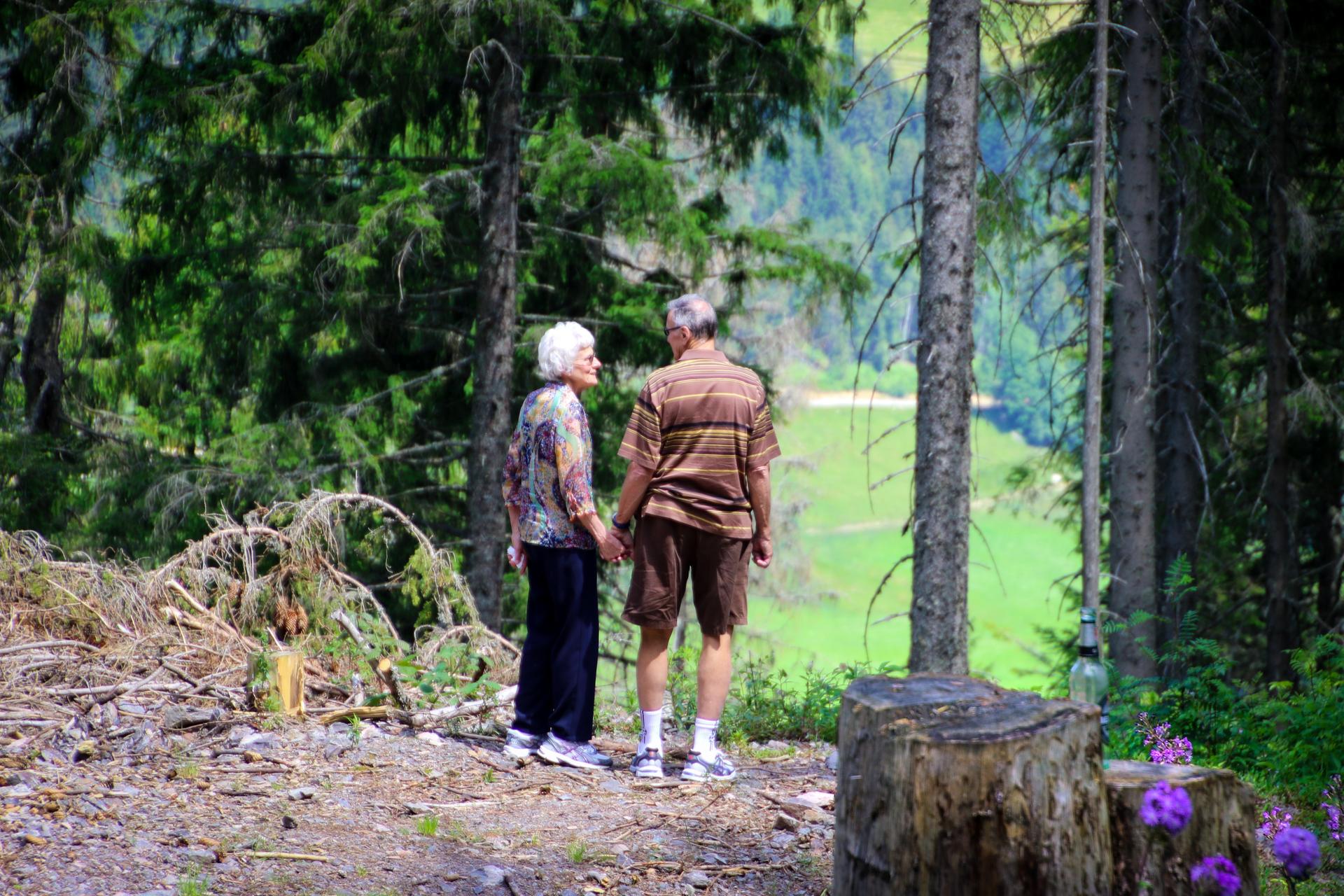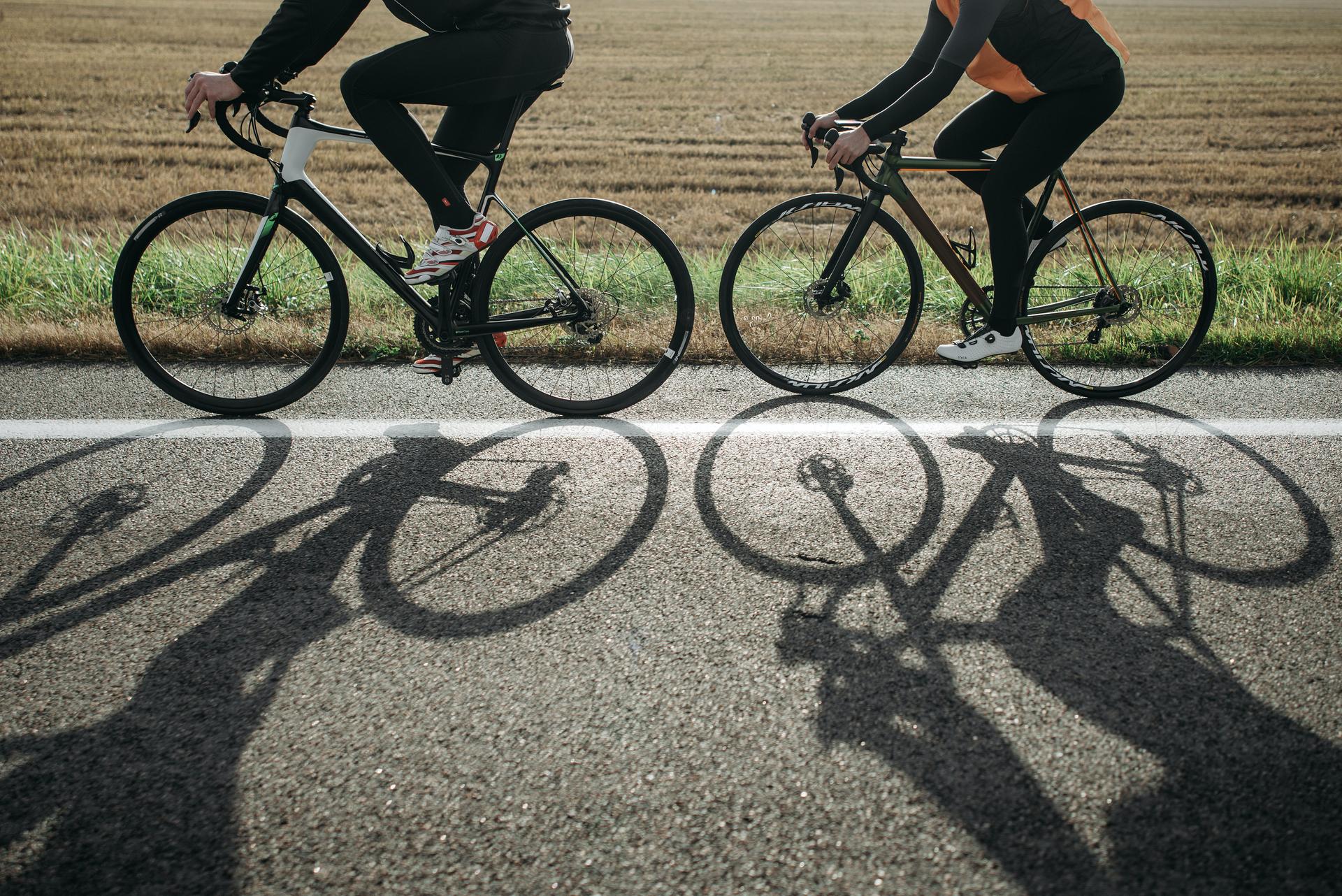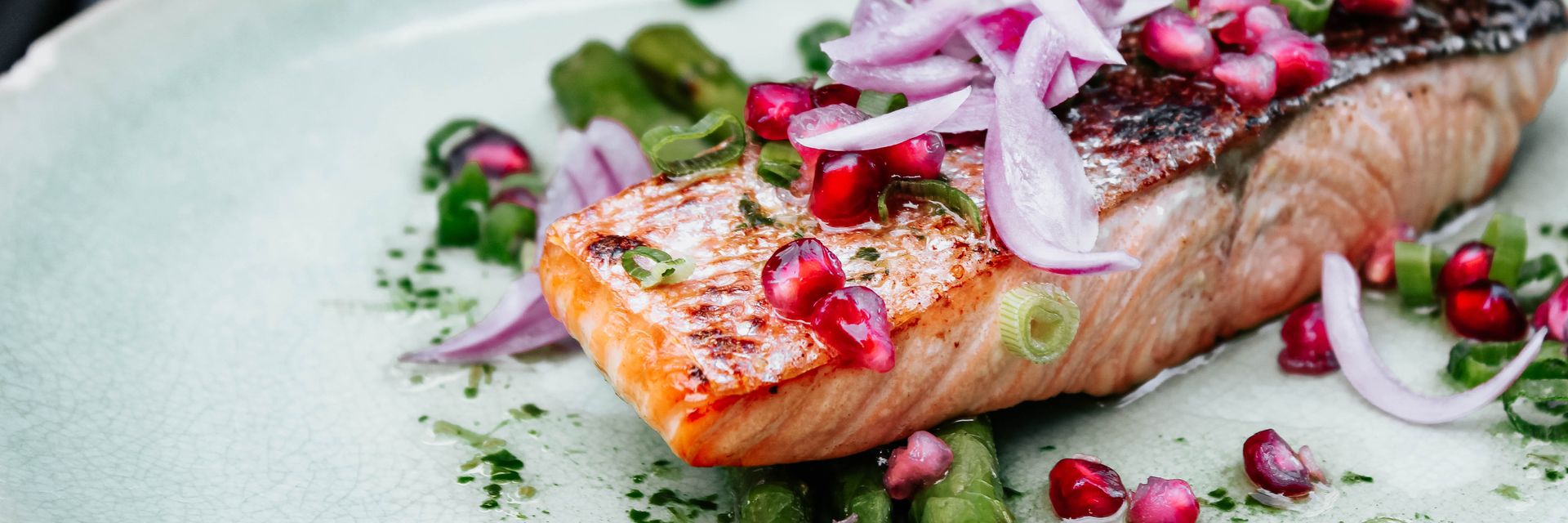Concerned about cancer risks related to lifestyle? So am I! Take a journey with me to examine what changes may assist in the fight against cancer at any age.
◊
I am a man of generous proportions. You might say I put the big in big & tall. Or you might call me chubby. OK, I’m overweight. Being of a certain age and a certain disposition, I have found it challenging in recent years to motivate myself to lead a healthier lifestyle.
As many times as my doctors have reminded me to take small steps toward the larger goal of improved health, I confess I’ve been resistant to their entreaties. I’ve learned over these recent “body positivity” years to love myself and to like how I look, just as I am.
This rather sanguine self-appraisal changed in a heartbeat last month. Around my recent birthday, I found myself browsing several video titles offered by MagellanTV on the topic of health. They’re easy to find: Just scroll through the Mind & Body genre and you’ll see plenty of them. What I discovered really caught my attention.
Even though I have no close family history of cancer, I learned that many cancers only show up in people as they age. According to the U.S. National Cancer Institute, age is the most important risk factor for cancers. Generally, the risk rises from about 25 cases annually per 100,000 people under the age of 20 to a whopping 1,000 cases per 100,000 for people aged 60 and above. That’s a 4,000 percent increase!
I still love myself, but I am now motivated to put my recent education into practice. I’m committed to getting more fit to reduce my health risks and potentially extend my life. So, I have set out on a journey to learn what I can do, at my age, to reduce my risk of cancer. I’m sharing what I’ve learned with you, because no matter your age, the following tips may help you avoid suffering from cancer-related illnesses. And you might feel better in other ways as well.
For a deeper dive into risk prevention, view the How to Not Get Cancer series.
First Things First – Avoid Smoking and Sunburn
Want to get a running start on beating the risk of cancer? Here are two tips that come near or at the top of any list of cancer-avoidance strategies: First, if you use tobacco, quit smoking or using other products that contain it. This includes chewing tobacco, snuff, and, yes, vaping. Second, avoid the harmful rays of the Sun.
If you have stopped smoking or never started, you’re ahead of the game. Studies have shown that no matter how many years you have smoked, stopping at any stage results in the cells in your lungs beginning to heal. Even long-term users can benefit from stopping, or slowing, their intake. Stopping now will reduce the risk of cancer and add 10 years to your life expectancy. And those are very good things.
Even though a vape pen is a dangerous tobacco product, it is less inherently unhealthy than smoking cigarettes. If you want to quit smoking, vaping can be a harm-reduction strategy on your way to breaking the addiction.
Sun overexposure is a habit that can lead to melanoma, a skin disease that is the most common form of cancer. According to the American Cancer Society, although melanoma represents only one percent of skin cancers, it causes well over 50 percent of skin cancer deaths.
Sunburn may seem like no big deal, but it presents real risks. Sunlight’s ultraviolet (UV) rays damage DNA cells, and it’s been shown that even five sunburns before you’re 20 years of age can double your risk of contracting melanoma later in life.

Wearing sun protection and using sunblock are ways to avoid developing melanoma. (Credit: Ksenia Chernaya via Pexels)
To combat the risk, here are four quick tips:
- Wear sunscreen with an SPF of 30 or above every day you’ll be exposed to more than 15 minutes of sunlight – even in winter. UV rays hit our skin whether it’s sunny or cloudy.
- Cover exposed areas when you’re in direct sunlight. And dark colors absorb more UV radiation than white or light-colored clothing, meaning less radiation reaches your skin.
- Stay in shade outdoors when possible or wear a sun-shading hat to protect the sensitive areas of the face, ears, and neck.
- Avoid midday sun: the hours between 10 a.m. and 4 p.m. are peak sunburn hours when direct UV rays can do their most damage.
Dietary Tips to Avoid Cancer Risk
I’m no longer a smoker, and my Irish skin is so fair that I discovered the value of a high-SPF sunscreen at a very early age. But I can certainly learn more about optimizing my diet from cancer prevention experts. Overweight people, including me, suffer from higher risks of heart disease and diabetes, as well as elevated chances of developing cancers. The U.S. Centers for Disease Control (CDC) has reported that as many as 13 separate cancers are directly affected by being seriously overweight. These include thyroid, gallbladder, stomach, liver, pancreas, kidney, and colorectal cancers.
If you want to avoid these cancers as best as you can, it will be important to change your eating habits. And if you do, it’s highly likely that you’ll lose weight, improve your overall health, and even add years to your life expectancy.
Are you a coffee drinker? Relax and have a sip. Far from being a cancer risk, coffee lowers levels of inflammation, which can lead to the development of cancer. Drinking two cups a day can actually be protective.
But how do you and I do this? Diet advice is ubiquitous, and often contradictory: Eat my fill of red meat, or avoid dense protein like the plague; go big on cooking oils, or eliminate fats altogether? I need a simple plan that will lower my risk of cancer, and luckily, here’s one.
It’s called the Mediterranean diet, and you’ve probably heard of it. Be aware, though, that eating Mediterranean-style requires commitment and consistent follow-through. It won’t hurt you to sample recipes from any one of quite a few Mediterranean diet cookbooks, but the key to cutting your cancer risk is to make this plan a daily routine.

An easy hike in nature is a great way to start a light exercise program. (Credit: Magda Ehlers via Pexels)
Luckily for me and others who like flavorful food, the Mediterranean diet is diverse and full of great choices. The Memorial Sloan Kettering Cancer Center has three quick rules that encompass the basics of the eating plan:
- Cut back on your intake of red meat.
- Increase the number of fresh fruits you eat daily.
- Limit your alcohol consumption.
In place of large quantities of red meat, which have been linked to colorectal cancer and cancers of the prostate and pancreas, stock up on alternative protein sources including whole grains, beans such as chickpeas, as well as non-red meats, including fish and chicken. In addition to adding fruits to your diet, amp up your vegetable portions, especially with fresh, local selections.
And, while a moderate amount of alcohol has been shown to be beneficial to certain populations (such as older adults), alcohol consumption is linked to many diseases, such as mouth, larynx, liver, and colon cancers, plus cardiovascular and fatty liver diseases. If you do drink, limit yourself to one – and no more than two – drinks per day.
Most importantly for the success of this style of eating, divide your plate servings into one-half salad and vegetables; one-quarter starches such as potatoes, brown rice, whole-grain bread, and pasta; and the final quarter of meats, primarily chicken, fish, beans, and eggs.
Getting Moving and Maintaining a Healthy Weight
You probably won’t be surprised to learn that most adults lead an unhealthy lifestyle, and that includes me. Stress and occasional anxiety run through my veins; my sleep habits are less than optimal; and I lead an embarrassingly sedentary lifestyle, sitting way more than I stand or walk.

Aerobic exercise like biking is a healthful activity. (Credit: Pavel Danilyuk via Pexels)
Forty percent of cancers can be combated by lifestyle changes, and this is where to start. Colorectal, lung, and breast cancer are all linked to a lack of exercise, and obesity is also associated with liver, prostate, and kidney cancers. At the same time, exercise, especially gentle, aerobic moving like walking or jogging, aids sleep, reduces stress, and makes the body more resilient.
To fight back against my tendency to loll about too much, I recently acquired some serious but practical help: a bicycle. Not a super-fancy expensive racing model; just a simple three-speed “cruiser” to keep me upright and moving gently. Now, I’m getting good at carving out 30 minutes of my day to get cycling around my neighborhood. It’s a small step, but it’s a start. And I’m betting that consistency over time will achieve results, particularly with resistance to a variety of debilitating cancers.
Wait a Minute: A Reality Check on Your Commitment to Change
It’s hard, I know, to give up the things that give us comfort, even when we know they pose a risk for cancer and other serious medical issues. Sometimes, information isn’t enough. I’m among this crowd, too. I’ve just been through a round of birthday dinners that included steak, potatoes, and dessert. And, even though I was in the process of writing this article, I still piled on the steak sauce, loaded up on extra carbs, and passed my recommended daily caloric intake with each celebratory meal.
So, here’s a deal for you. Don’t do everything at once . . . but do something. Getting a bike was my first step, and it’s one that I can trust myself to do. Maybe you can find something similar that works for you. Perhaps it’s embracing your current weight, but make a commitment to maintain where you are and keep tabs on yourself, so you stay there for the time being. Or perhaps, as I did when I decided to stop smoking, estimate how many times a day you light up, cut back by one cigarette for a while, then continue cutting back, one at a time.
We drink, smoke, and eat for many reasons, and quitting our habits, especially cold turkey, can seem to be just plain too hard. But read through this article again, if you need to, and look at all the cancers associated with your favorite activities. Would you be willing to bargain with your desires and switch one element of these short-term pleasures for the long-term gain of cancer prevention?
Think about it, and maybe you’ll take that first step, addressing your habits one at a time. And be patient with yourself – you deserve that. You can change the odds in your favor. I’m managing to do it, and I’m the least likely leopard to change its spots. You can do it too.
Ω
Kevin Martin is Senior Writer for MagellanTV. He writes on various topics, including outer space, the fine arts, and modern history. He has had a long career as a journalist and communications specialist with nonprofit and for-profit organizations. He resides in Glendale, California.
Title Image: One element of a cancer-resistant diet, a fresh seafood and vegetable meal. (Source: micheile dot com via Unsplash)

